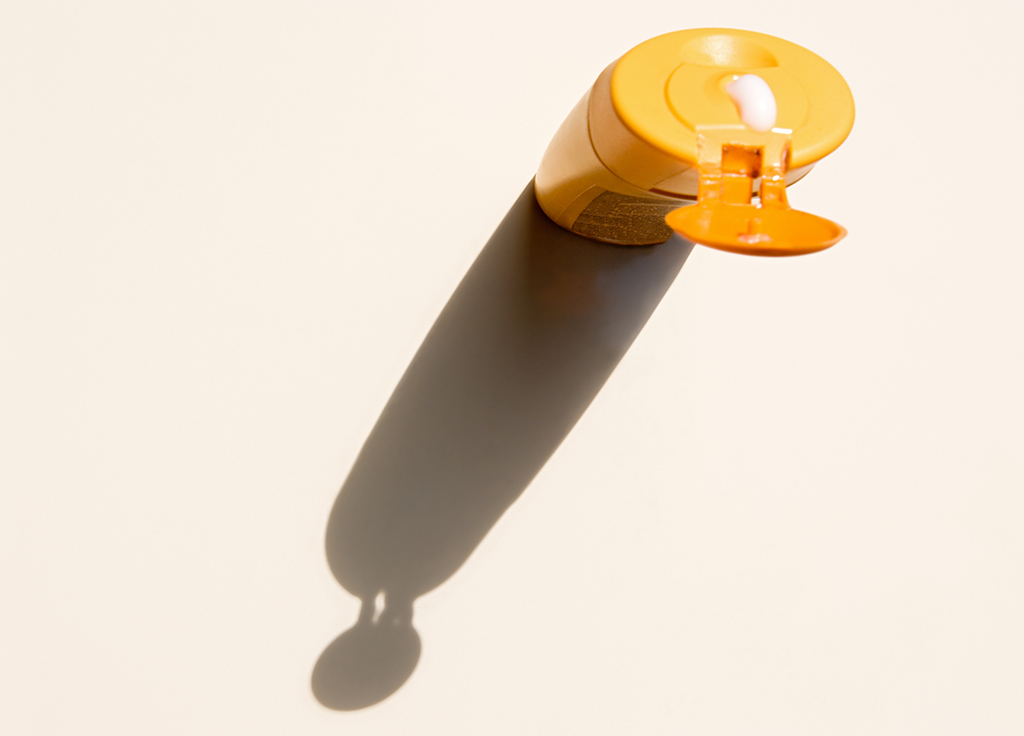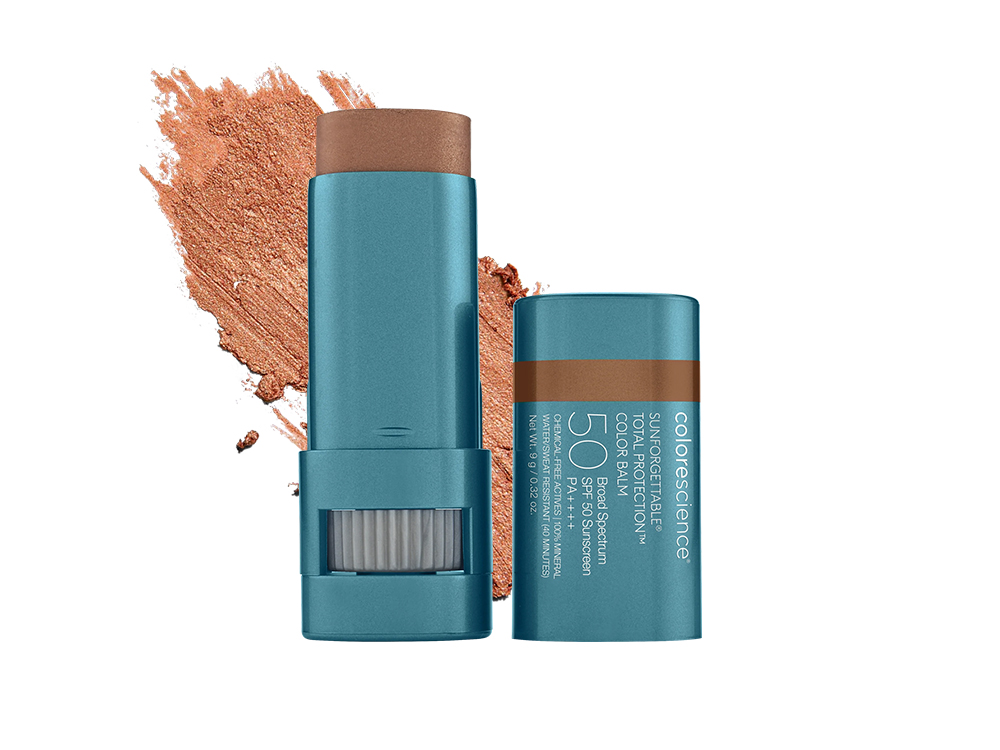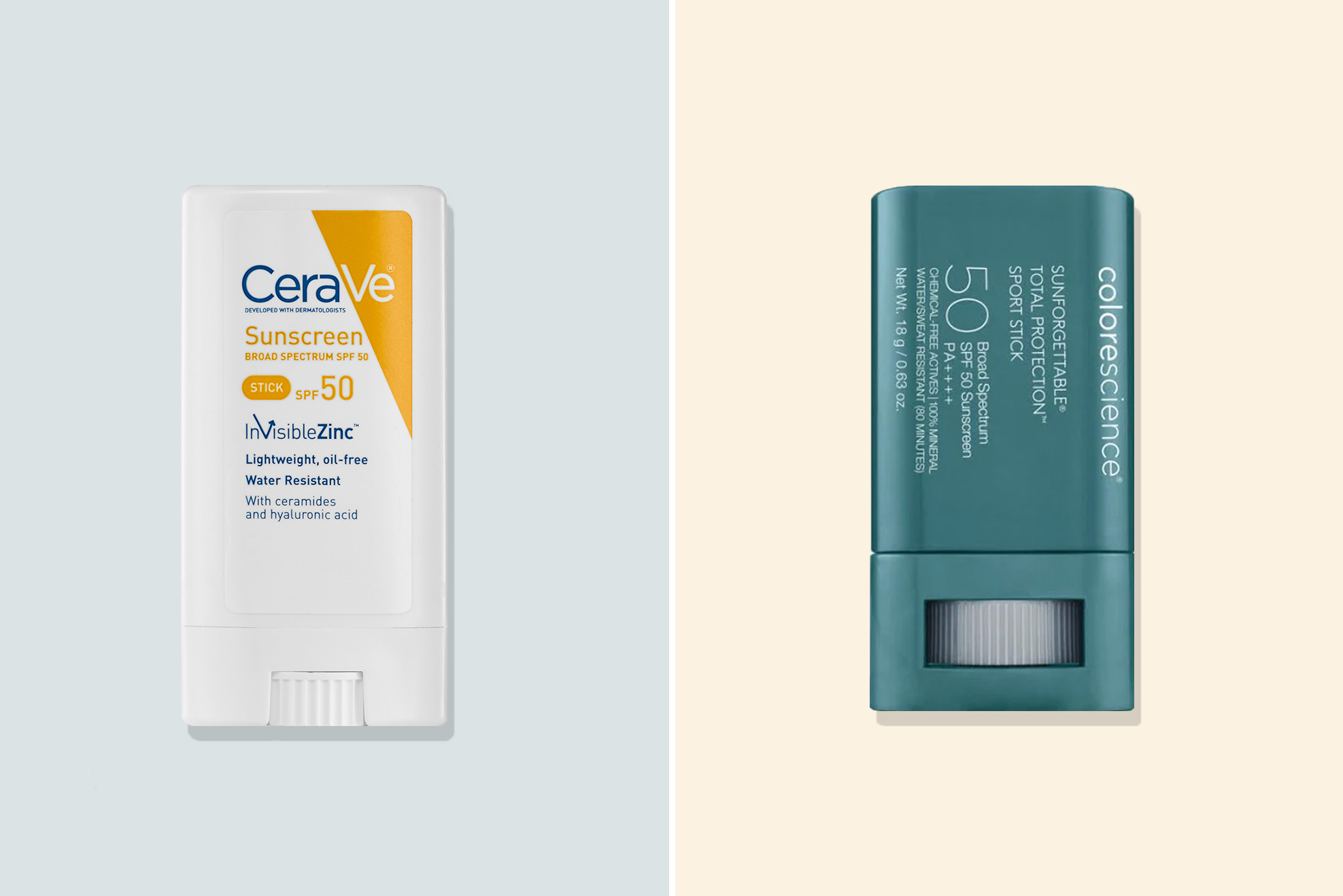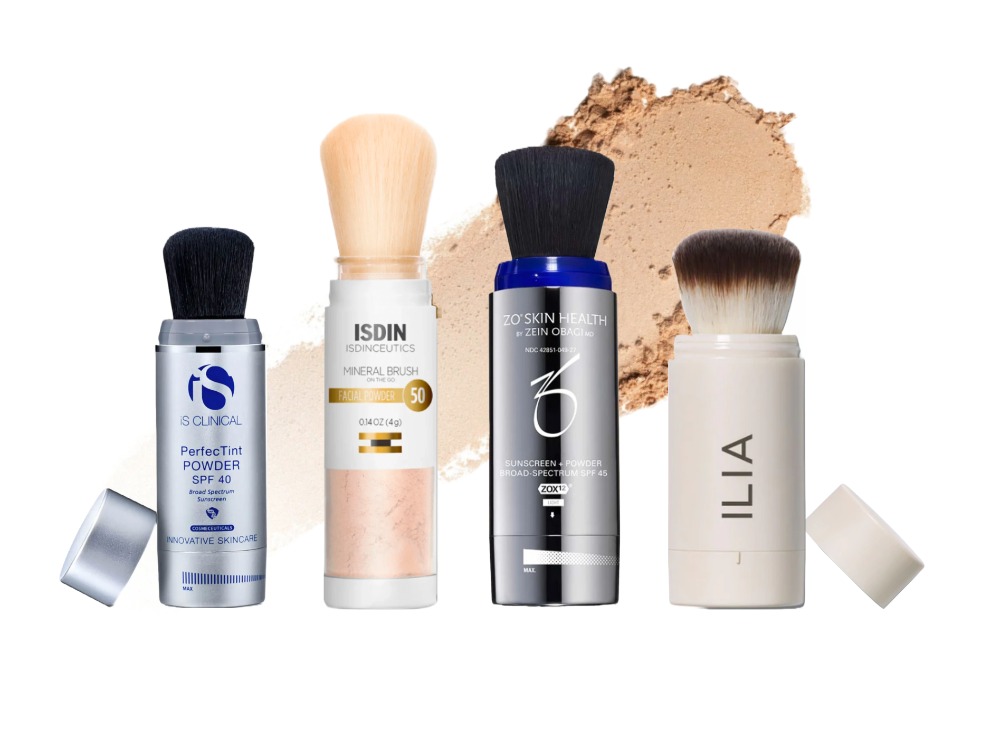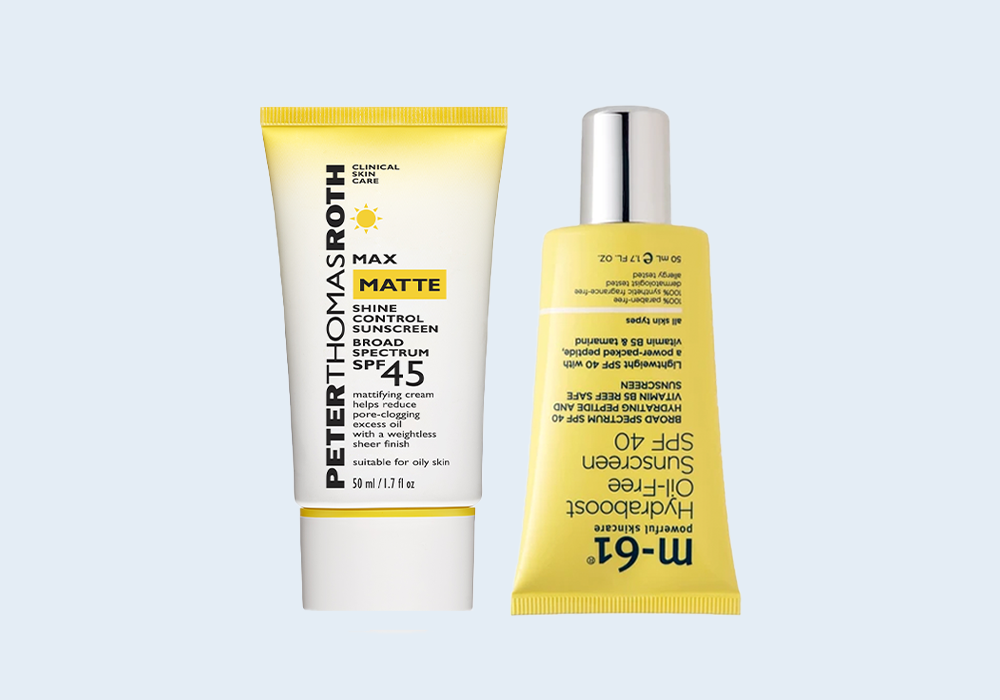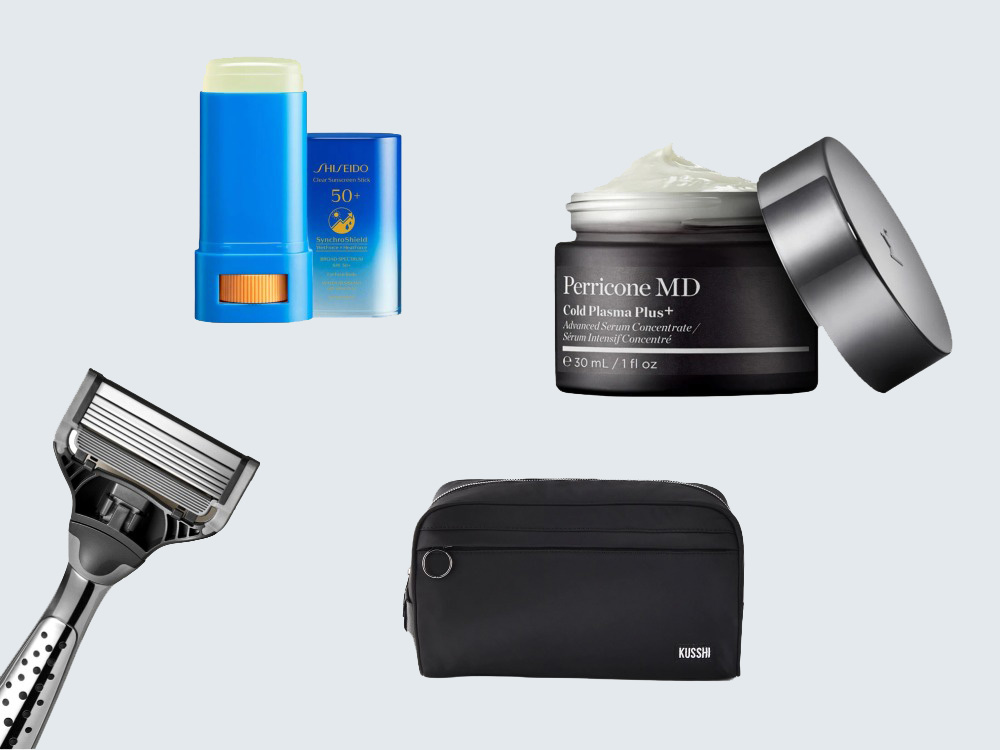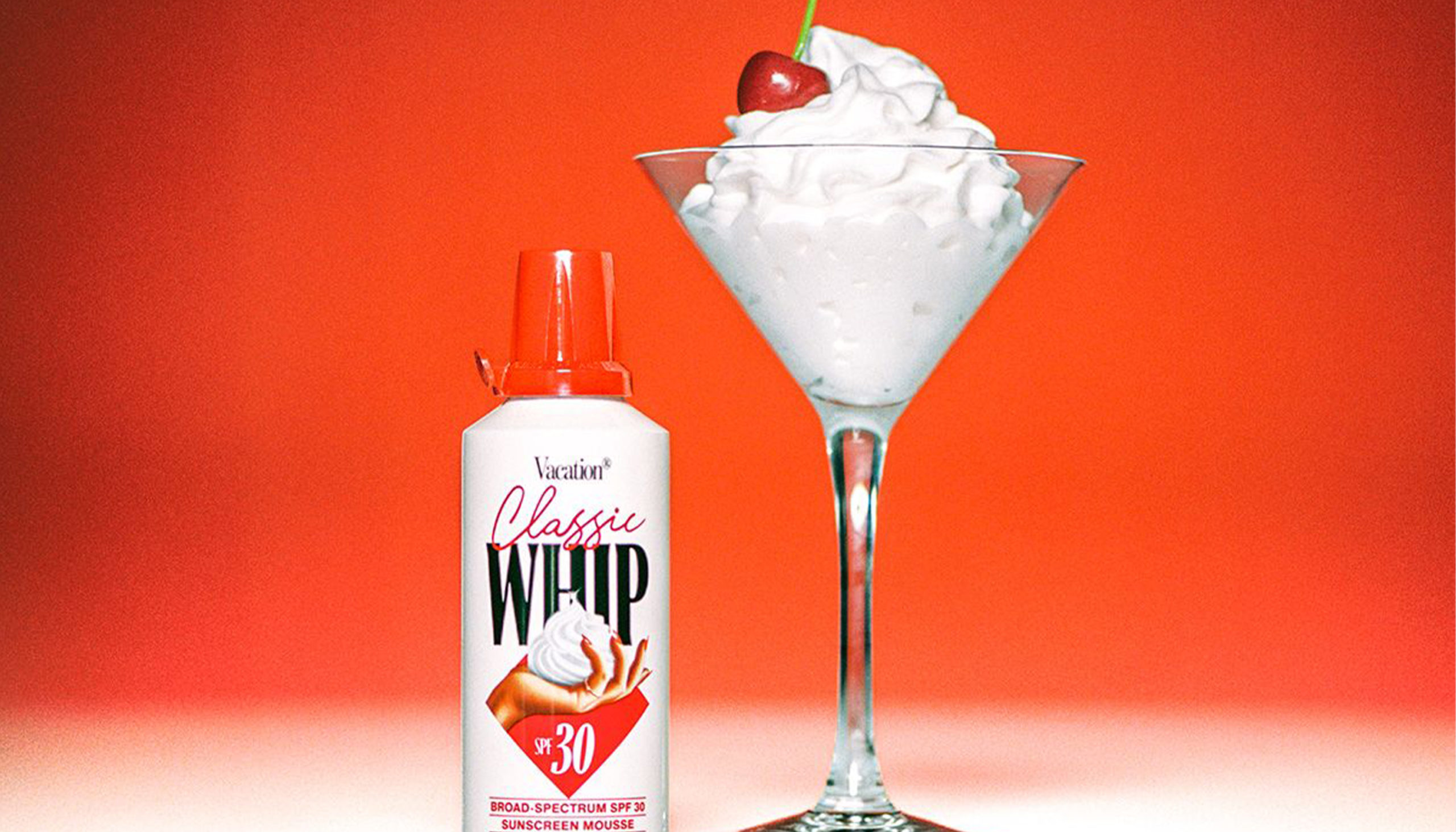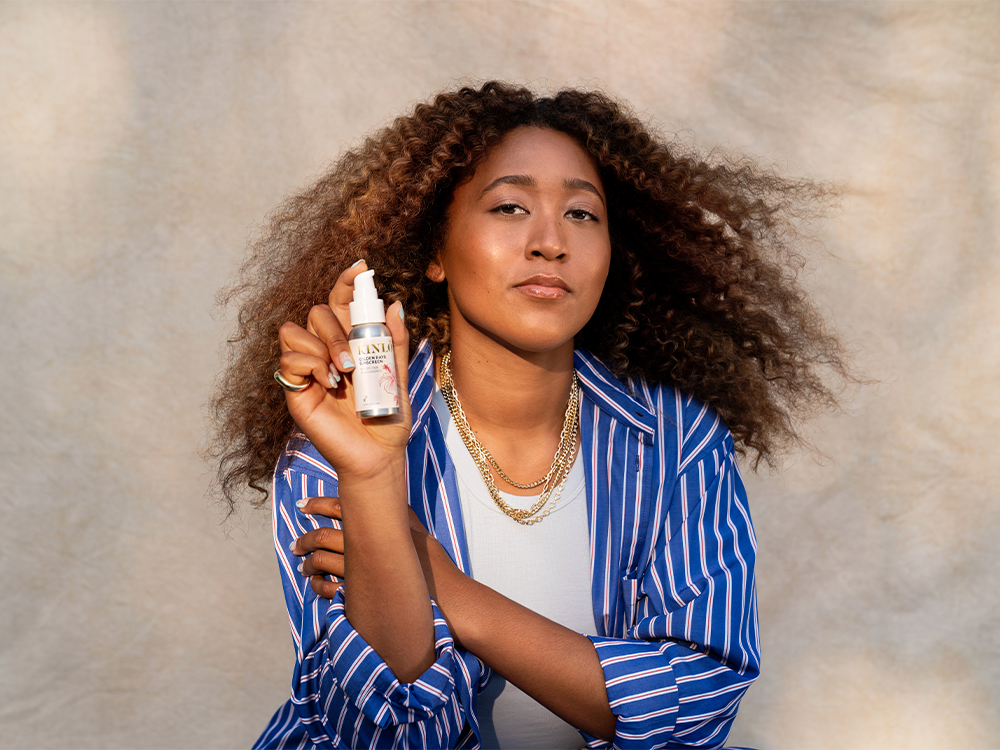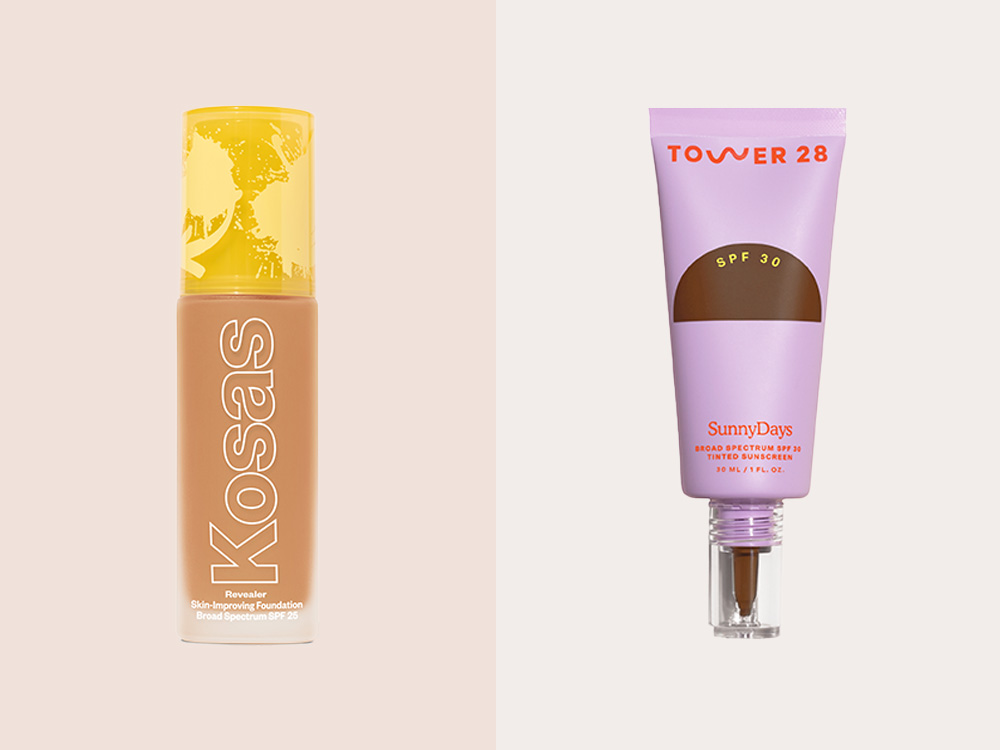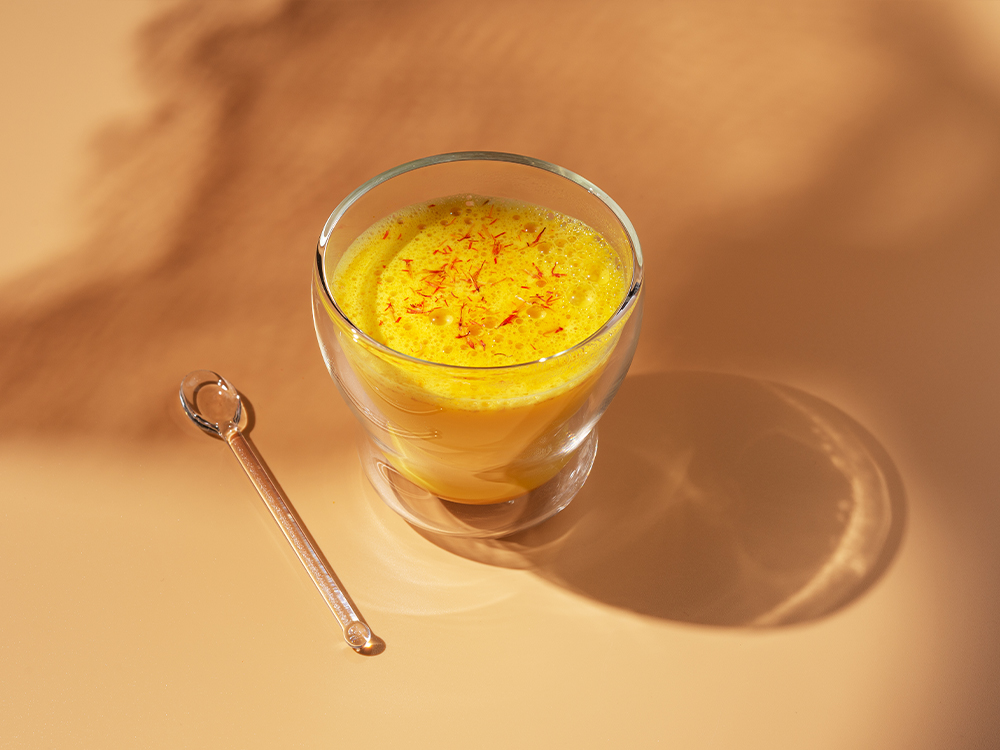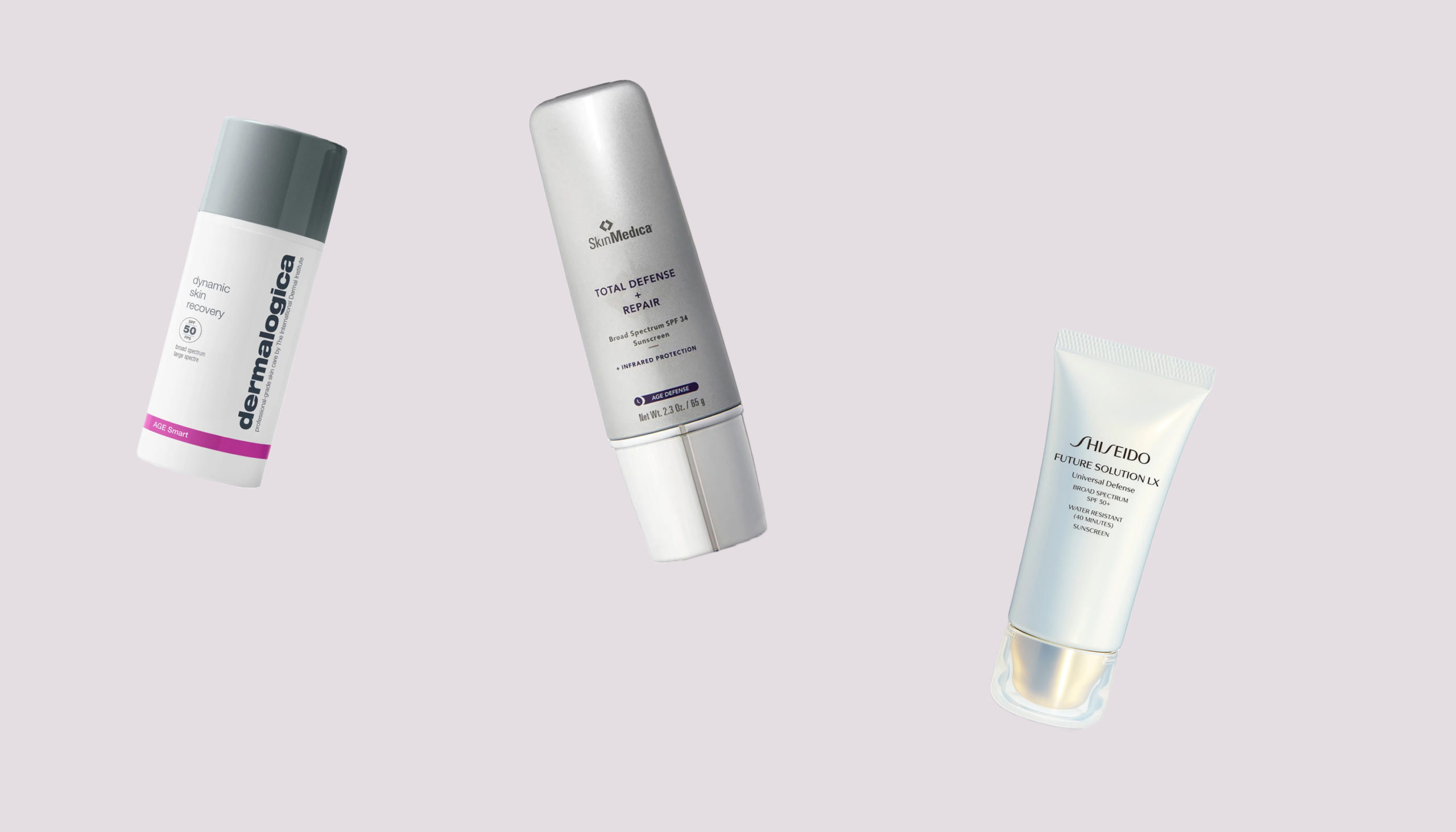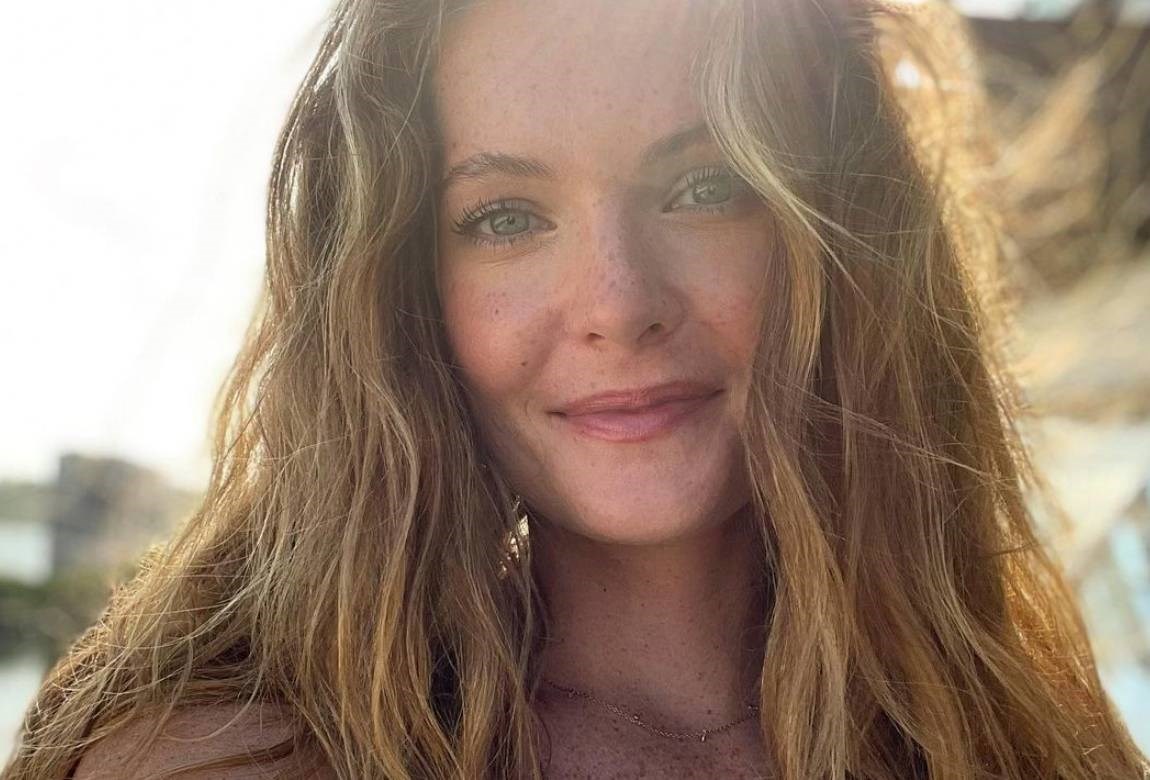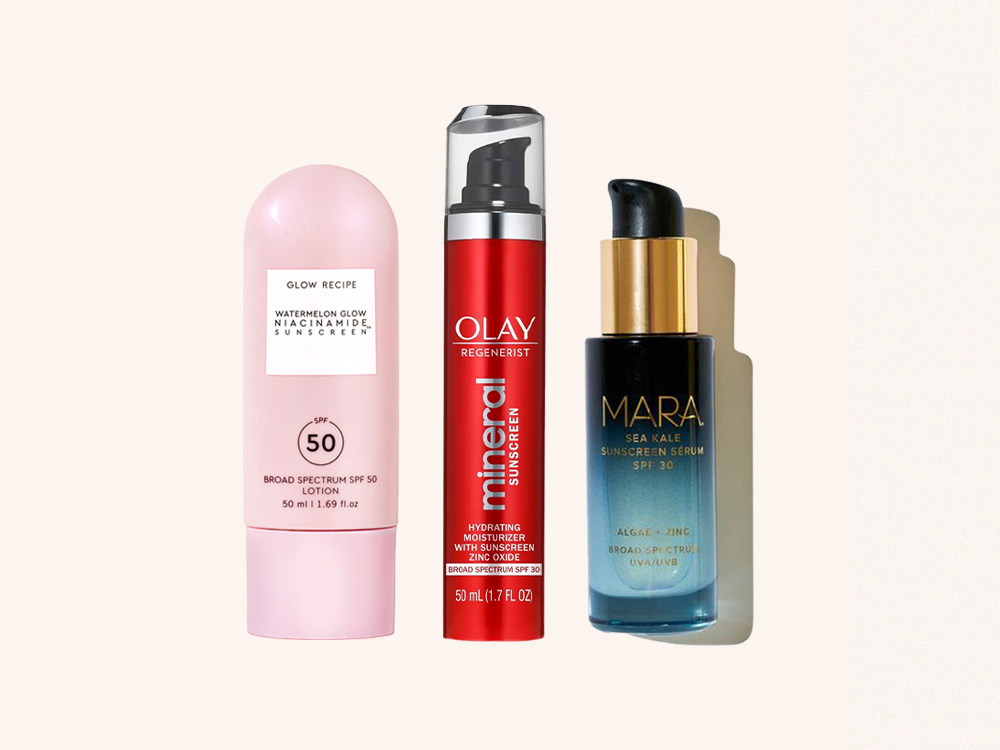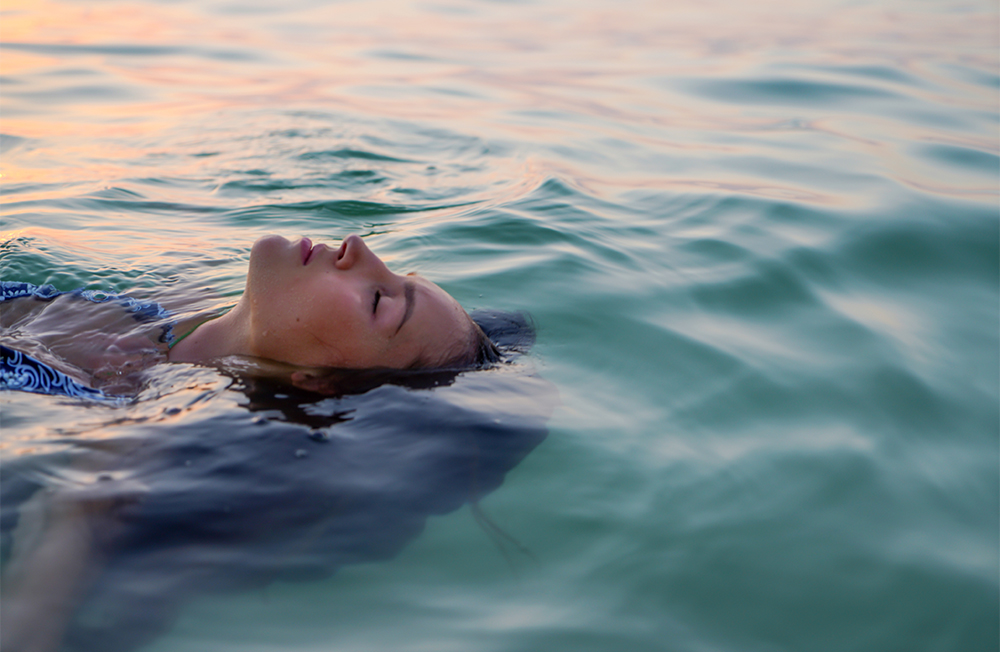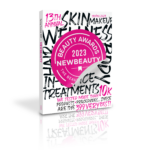Like clockwork, every summer brings about a surge of sunscreen information (with an equally tangible amount of misinformation)—and, even though this year is proving to be anything but standard, it seems the latest wave has arrived right on schedule.
As shared today, a new study published in the September issue of the Journal of the American Academy of Dermatology indicates that, when it comes to sunscreen labels, terms like “broad-spectrum” and “SPF” are still “poorly understood by the public.”
In a survey to identify potential misperceptions about sunscreen labeling conducted on almost 500 fairgoers at the Minnesota State Fair, researchers found that only 12 percent of people correctly answered that SPF value specifies protection for ultraviolet (UV) B rays and only 30 percent correctly identified that “broad-spectrum” means that the sunscreen protects you from both UVA and UVB rays.
Ranking even lower on the tally: Ten-percent of individuals surveyed knew that sunscreens labeled “baby safe” and “natural/organic” have no standard criteria for these labeling claims, while almost half of respondents also incorrectly assumed that “dermatologist-recommended” or “clinically proven” meant that the sunscreen was endorsed by the American Academy of Dermatology (AAD).
Santa Monica, CA dermatologist Ava Shamban, MD says she isn’t super surprised by the findings.
“Patients are often confused by the labeling of sun protection in the market. The term ‘broad-spectrum’ is used to describe a sunscreen or sunblock that provides protection for our skin against both UVA and UVB rays, but not all UV rays are created equal,” she explains, adding that there are actually three types of rays produced by the sun: UVA, UVB and UVC.
“The ‘Cs’ are short and do not penetrate our atmosphere, but, of the other two forms, UVB is what we hear most about as the chief culprit behind sunburn and visible damage from a day at the beach,” she says. “UVA are more stealth and intense, more prevalent and penetrate all clouds, fog even glass. They play a smaller role in sun burn, but they are equally dangerous if not more so in terms of cellular damage and premature aging penetrating more deeply into the skin. Both forms can damage to the point of genetic mutations which can lead to cancer.”
“Together, they are a terribly insidious team wreaking havoc now and in the future.”
Besides the label confusion, Spokane, WA dermatologist Wm. Philip Werschler, MD says there’s also big-time confusion when it comes to what the terms “sunscreen” and “sunblock” actually mean.
“To most derms, sunblock is a physical blocking agent such as zinc or titanium, that shades the skin. Sunscreen is a chemical UV-absorbing agent that undergoes a chemical reaction with UV light at certain wavelengths, then re-emits the light at a different, safer wavelength—much like a chemical filter,” he says. “Think the public understands that concept? Then there’s all of the other factors such as cosmetic elegance, shelf life, odor, stickiness, spread-ability, etc.”
Finally, Dr. Werschler stresses, sunscreen should be the last, not first, line of defense. “Avoid unnecessary sun, seek shade, wear protective clothing, hats, sunglasses, check the UV index, and practice safe sun!”
But, as the society reported, it’s not all doom, gloom and lack of understanding when it comes to sun safety: “The findings also revealed that prior sunscreen counseling or a single dermatologist visit were two of the factors linked to improved sunscreen knowledge— highlighting physicians’ impact on sunscreen understanding and supporting continued public education efforts on sun protection.”
If you’re still not certain, Dr. Shamban suggests looking at is this way: “The bottom line: You need a clearly marked broad-based chemical sunscreen or mineral block AND an SPF number preferably between 30 and 50/55, applied properly with reapplication every two hours or so to be adequately protected. Patients can be confident in sun protection from both UVA and UVB rays if marked ‘broad spectrum’ and an at least SPF of 15, although I recommend using 30. But using it properly matters most.”
